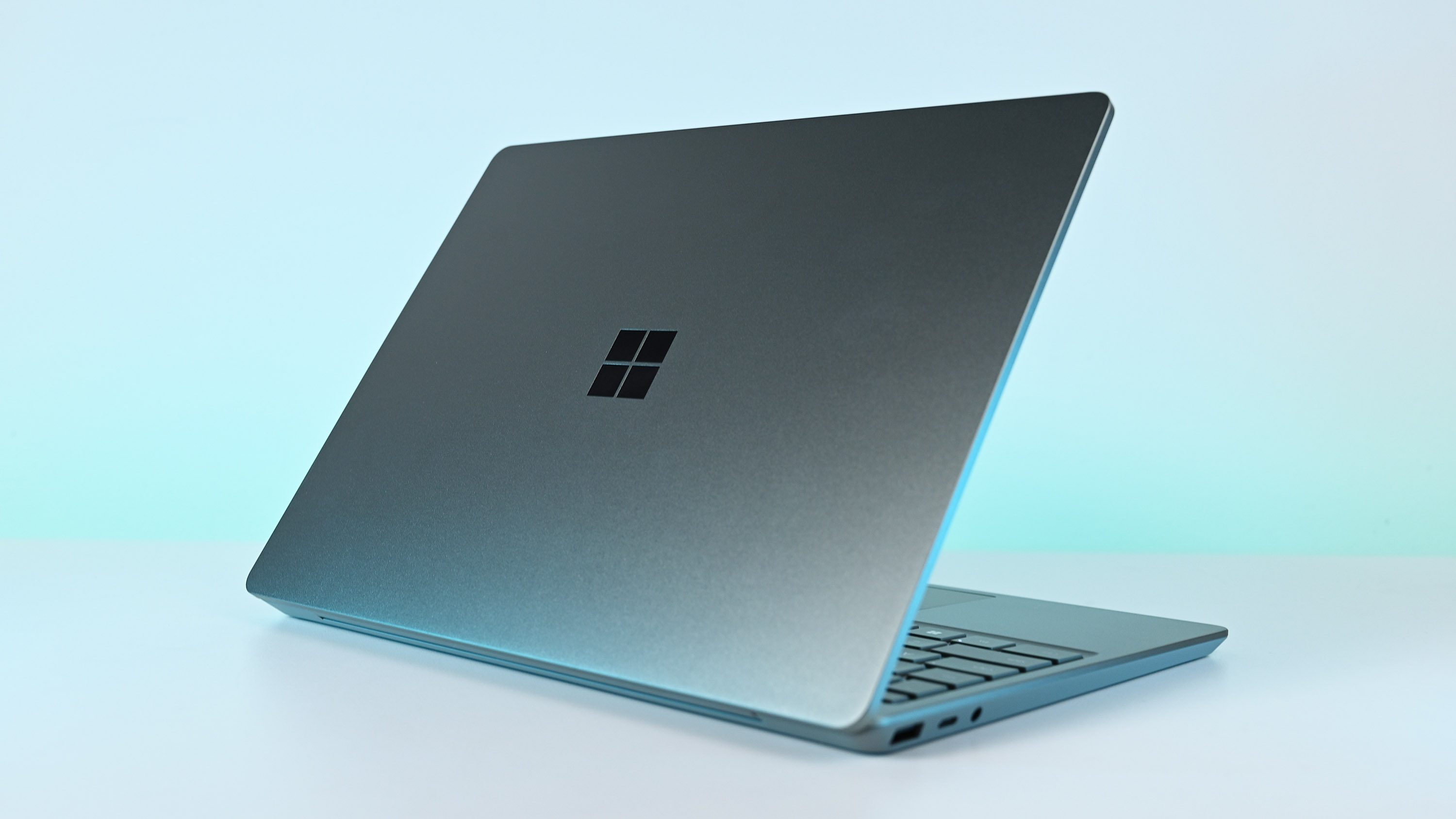What you need to know
- Microsoft just released Windows 11 Preview Build 25977 to Insiders in the Canary Channel.
- The update adds Bluetooth LE Audio support for hearing aids.
- Windows Location controls have been improved as well in the latest build.
Microsoft shipped Windows 11 Build 25977 to Insiders in the Canary Channel today. The update brings several improvements, including support for Bluetooth Low Energy Audio when using hearing aids that support the standard. Those with supported hearing aids can now pair them to a Windows 11 PC directly and take calls, listen to music, and stream audio.
Microsoft has a long history of improving accessibility with both hardware and software. Just this week the company announced a big addition that lets you map certain Xbox controller buttons to keyboard keys.
The update to Build 25977 also adds controls for location settings on Windows 11. The improvements make controlling location access on your PC a bit more like on a smartphone, such as showing a new prompt the first time an app attempts to access your location. A prompt will also appear when an app tries to use your location unexpectedly, which is important for security. There’s also an option to never let apps access your location.
What is Bluetooth LE Audio?
Bluetooth Low Energy Audio, also known as Bluetooth LE Audio, delivers high-quality audio at lower power. As a result, people should experience better calls, videos, and music when using supported devices. Bluetooth Low Energy Audio is supported on many devices running 13th Gen Intel CPUs, such as the Galaxy Book3.
Of course, you also need an accessory that supports Bluetooth LE Audio, such as the hearing aids mentioned by Microsoft in its blog post on Build 25977.
Windows 11 Build 25977: What’s new
Improving accessibility with Bluetooth LE Audio
We’re excited to announce that Windows has taken a significant step forward in accessibility by supporting the use of hearing aids equipped with the latest Bluetooth® Low Energy Audio (LE Audio) technology. Customers who use these new hearing aids are now able to directly pair, stream audio, and take calls on their Windows PCs with LE Audio support.
This feature is available on Windows devices with our recently announced Bluetooth® LE Audio support, which will be a growing market of devices in the coming months. In upcoming flights, we will be introducing additional capabilities to the hearing aids experience on Windows, such as controlling audio presets directly within Windows settings. Stay tuned for more details about these new capabilities as they roll out.
Windows Location Improvements
We’re adding new controls to help you manage which apps have access to the list of Wi-Fi networks around you, which could be used to determine your location. You can view and modify which apps can access the list of Wi-Fi networks by navigating to Settings > Privacy & security > Location.
To simplify the process of sharing your location with trusted apps, we have also added a new prompt that will appear the first time an app attempts to access your location or Wi-Fi information. This prompt will enable location services and allow the app to access your location, helping you complete tasks such as finding directions or checking the weather without navigating to Settings. Additionally, the prompt will notify when an app unexpectedly requests access to location services so that you can deny it. If you never want apps to access your location, you can turn off ‘Notify when apps request location’ on the Location Settings page to hide these prompts when location has been turned off.
Once you have granted permission, apps that use location or Wi-Fi information will now appear in Recent activity on the Location page, and the location icon will show in the taskbar while the app is in-use. This will help you better monitor when apps are using this information.
App developers can learn about changes to the API permissions and actions they can take to improve app experiences by reviewing https://aka.ms/WifiAccessChange
SMB over QUIC Client Access Control
Starting with this build (Build 25977), SMB over QUIC now supports additional access control options for clients. This improves the existing SMB over QUIC feature, which introduced an alternative to the TCP network transport, providing secure, reliable connectivity to edge file servers over untrusted networks like the Internet.
With this new option, administrators can restrict which clients can access SMB over QUIC servers. This option gives organizations additional SMB over QUIC connection protections but does not change the Windows authentication used to make the SMB connection or the end user experience.
This new feature requires both the Windows 11 Insider Preview Build 25977 as well as a Windows Server Insider Preview Build 25967 or higher running in a VM.
For more information on configuring SMB over QUIC client access control, review https://aka.ms/SmbOverQuicCAC.
Microsoft outlines all of the changes and improvements in the build in its blog post. There are some noteworthy changes, such as Xbox Game Bar only appearing as Game Bar in the Start menu.





